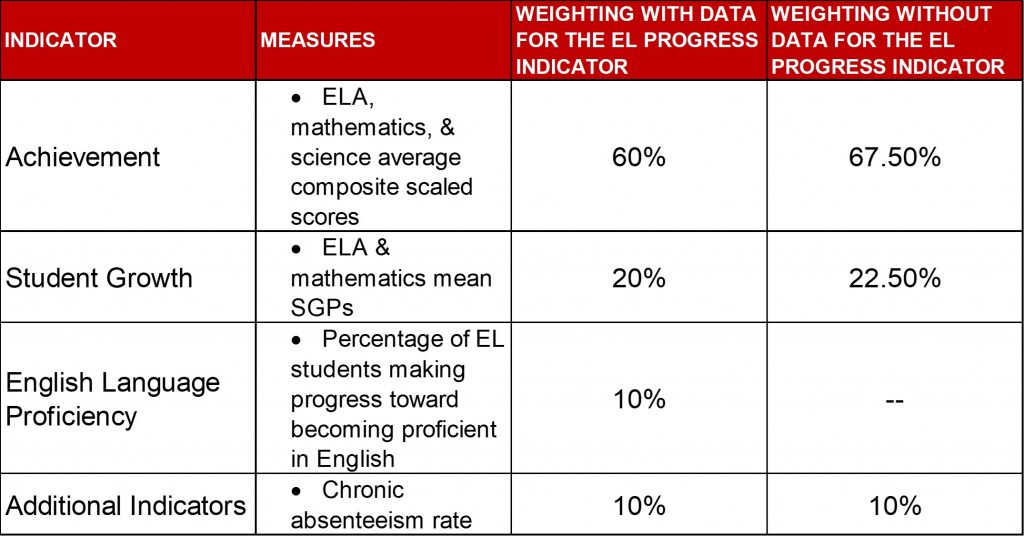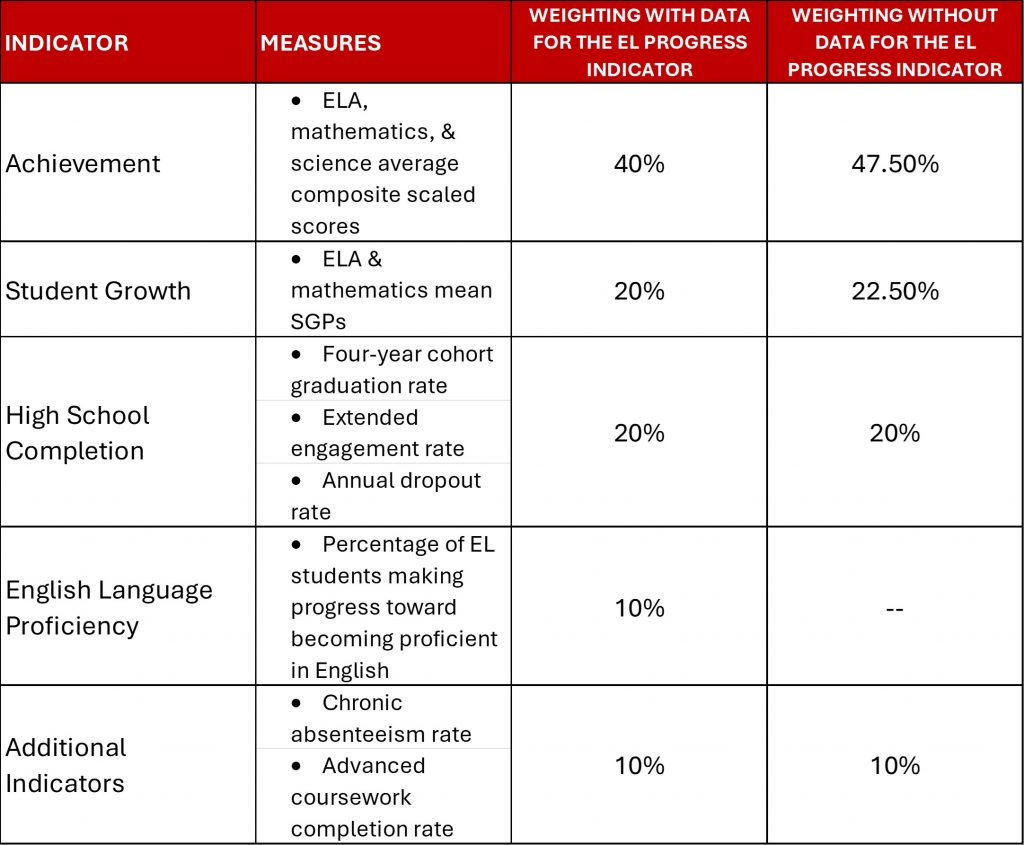What the Numbers Still Tell Us
by Joan Reissman
The Massachusetts Comprehensive Assessment System (MCAS) has been central to school, district and student accountability since 1998. In 2024, a referendum ended the requirement that students pass 10th grade MCAS exams to earn a high school diploma. But though no longer the gatekeeper of graduation, MCAS still plays a major role in how the Commonwealth evaluates the effectiveness of our schools and districts.
MCAS continues to be administered annually for grades 3–8 and grade 10. The state’s annual Accountability Report measures schools and districts according to six benchmarks: overall academic achievement, academic growth, high school completion, progress toward English language proficiency (for EL students), absenteeism and advanced course completion. Schools are ranked statewide. Low ratings can trigger mandated targeted assistance and required improvement plans or even state takeover and appointment of a receiver. The two academic metrics—achievement and growth– are based on MCAS scores—the state’s only academic metric. They count for 60% to 80% of a school’s ranking.
If schools don’t perform well, they decline in their ranking vs other schools. Low rankings can affect student enrollment, which determines funding. When school closures are on the agenda, as in Boston, low achievement and enrollment can invite closure. For elementary and middle schools, MCAS is 80% of the overall accountability rating; for high schools, 60%.
Statewide Performance in 2025: A Sobering Reality
The 2025 results showed flat or declining performance. Most districts have not recovered from COVID learning loss. Of the more than 300 districts statewide, only 13 have restored both ELA and math to their pre-pandemic 2019 levels.
Even accounting for a suspected decline in student effort, the overall performance of Massachusetts schools was underwhelming. A few key data points highlight the magnitude of the challenge:
- Only 13 districts out of more than 300 met or exceeded their pre-pandemic performance in both English Language Arts and Mathematics.
- Nine districts met or beat their high-water mark in English. 41 did it in math.
- While some results reflected modest improvements over 2024, others showed further learning loss, and all comparison points were below 2019 scores.
- No demographic subgroup has fully returned to 2019 levels.
Accountability Scoring
Each of the indicators has a weight in the composite accountability score, but MCAS has the most weight. Schools are ranked relative to peers, and the system assigns percentiles (1–99) to show how each school compares to others with similar grade spans and demographics.
Here are the general charts:
Accountability Indicator Weightings – Non-High School Gradespan, Normative Calculation

Accountability Indicator Weightings – High School Gradespan, Normative Calculation

Schools and districts are then classified: those needing assistance or intervention and those performing above that threshold. The state leverages these classifications to direct recognition, supports, or interventions. Massachusetts School Profiles+2doe.mass.edu+2.
A key feature is the focus on lowest-performing students: not just how the school performs on average, but whether it is raising achievement for its most at-risk students. ma.aft.org+1.
Schools that demonstrate exceptional performance and growth may earn the designation School of Recognition — a formal public acknowledgment of success. One of JFY’s partner schools, New Mission High School in Boston, is in this category, showing the effectiveness of standards-based instruction, focused supports, and data-driven instructional guidance.
The Road to Recovery
MCAS remains our only tool for diagnosis, accountability, and equity in public education. The 2025 results make it clear that recovery is far from complete. Most districts have not recovered pre-pandemic performance levels, and overall progress has stalled. Yet a small number of schools have managed to rebound — a sign that improvement is possible. How did they do it?
I’ll delve into that question next time.
All MCAS data can be found at School and District Profiles.
Joan Reissman, the MCAS Maven, is a veteran JFYNetWorks learning specialist.
Other posts authored by Joan can be found here.
HOW ARE WE DOING? In our pursuit to serve up content that matters to you, we ask that you take a couple of minutes to let us know how we’re doing? Please click here to be navigated to our JFYNet Satisfaction Survey. Thank you!





